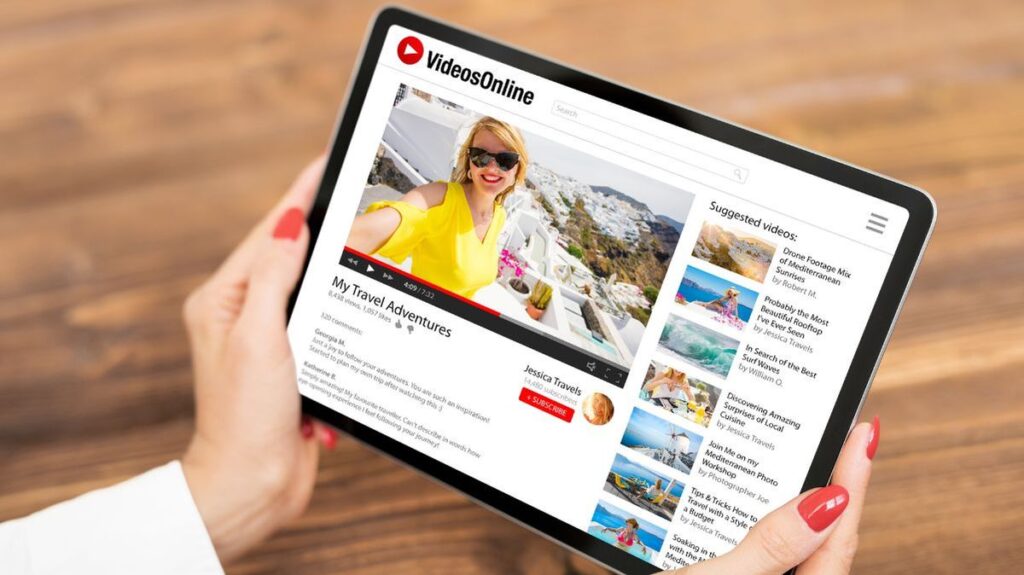
Content promotion is an integral part of every good marketing strategy, but despite being valuable for marketing, driving traffic directly to video content is often overlooked. Sales pages have the potential to generate immediate revenue, but video content drives the most traffic to websites and gets more shares than text-based content.
A great video has the power to persuade, influence, and convert, so it makes sense to promote your videos through pay-per-click (PPC) advertisements.
Table of Contents
A PPC Expert Will Yield the Best Results
The realm of paid advertising can be confusing and quite daunting if you try to do everything yourself. A good PPC agency can get you better results than if you try to figure everything out on your own. No matter how many PPC courses you take, there will still be a sharp learning curve involved, and you’ll need to invest quite a bit of time and energy just to learn the basics.
Your biggest hurdle will come when you start bidding on keywords. Not bidding correctly can cause you to spend far more money than you should with limited results. It’s easier to hand it all over to a team with a proven track record for getting results.
If working with an agency is out of your budget, here’s how you can start promoting your online videos through PPC ads.
Choose Your Platform

Source: digitalinformationworld.com
You can advertise just about anywhere. For example, you can run all types of ads on Facebook, Instagram, and Twitter. Choose the platform where your market hangs out for the best results.
Select Your Ad Type
There are a handful of different types of ads, but generally speaking, you have two broad options: a static image or video. There are pros and cons for both, and each requires a unique approach. However, they both work well. You might want to run video ads on YouTube and text-based image ads on Twitter. Experiment and see what works best.
Create Compelling Ad Images
Every successful PPC ad starts with an image. The image you use for your ads matters more than anything because it’s the first thing people see. Your ads should capture enough attention to get people to read the headline. From there, your headline should be compelling enough to either get people to click the ad or read the description and then click.
Just remember that the images you use for PPC will leave an impression on people regarding your brand. It’s okay to shock people a little bit when appropriate (as long as the ad platform allows your image), but that approach doesn’t work for everyone.
Make Sure Your Video Thumbnails Match Your Ad Content

Source: descript.com
When someone views your PPC ad and clicks through to the content, your video thumbnail is the first thing they’ll see, so make it relevant to the ad. If someone feels a disconnect between your ad and what’s on the other side of that ad, they might bounce.
According to Dallin Nead, CEO of Video Supply, “Video thumbnails should be simple, clear, and accurately represent the content. If your video isn’t too serious, consider making people laugh with a funny image relevant to your topic. Whatever thumbnail you create, keep it in line with your ad as much as possible so people don’t feel tricked after clicking on your ad.”
Choose Your Best Videos to Promote Through PPC
Once you get someone to click on your ad, you can’t force them to watch your video. However, you can increase the chances of getting them to hit play simply by promoting your best videos. You might have 100 or more videos on your YouTube channel, for example, but only 10 are top-notch.
Pick from that pool of content to promote, and if you don’t already have amazing videos, hire a video production team to help you create content that converts.
Optimize Your Video Titles and Descriptions

Source: feedhive.com
High clickthrough rates are great, but they don’t guarantee conversions. When people access your video, having an optimized title and description can help keep them engaged. For instance, someone might look at your thumbnail and want to bounce, but decide to watch after glancing at the video’s title.
Your video titles should be descriptive, concise, and interesting. You don’t need to shock and awe, but at least tell a story and grab people’s attention. When writing your video description, make sure all of the most important information sits above the link people must click to read more. If you feel stuck, see what your competitors are doing or use an AI tool to generate some ideas.
Start Promoting Your Videos Today
Whether you work with an agency or run your own ad campaigns, don’t wait to start driving paid traffic to your videos. It’s a great way to increase your subscriber count, generate leads, and boost revenue for your business.







